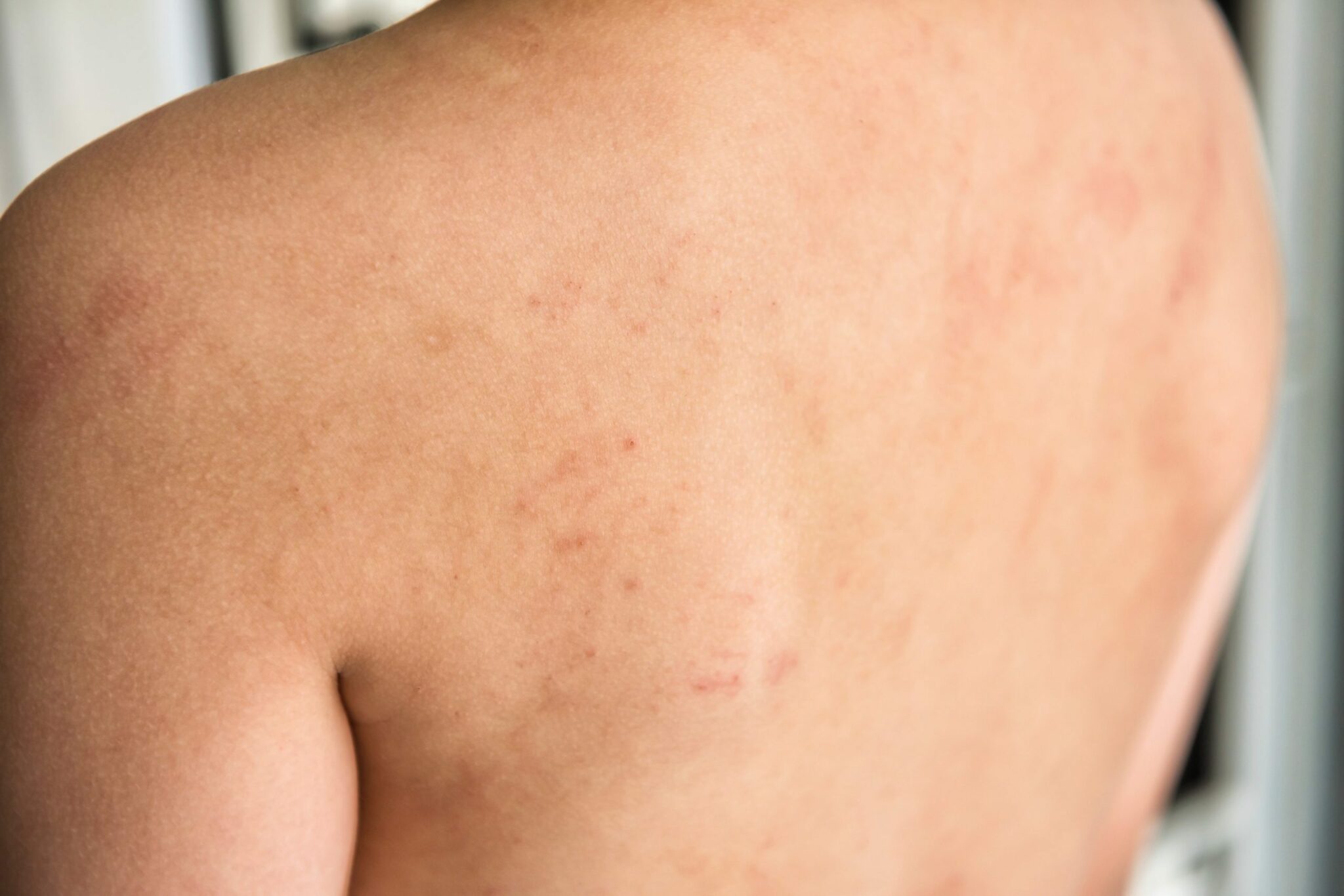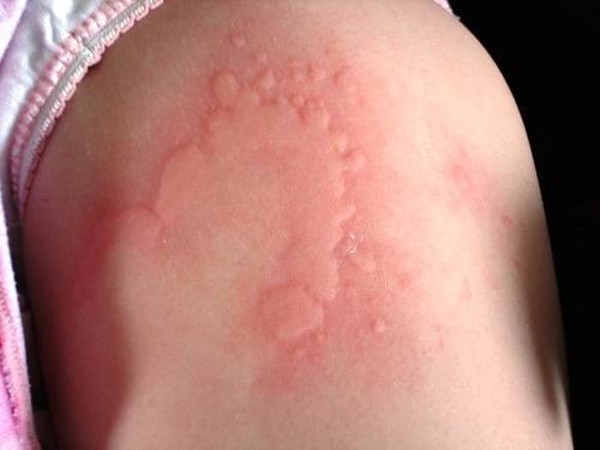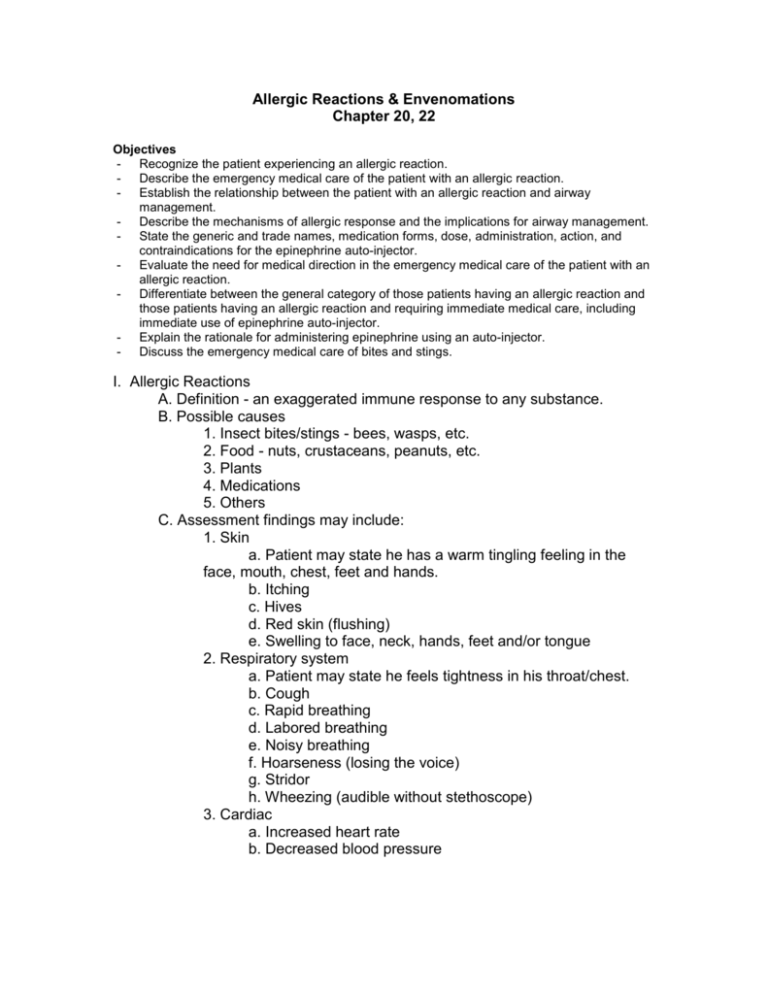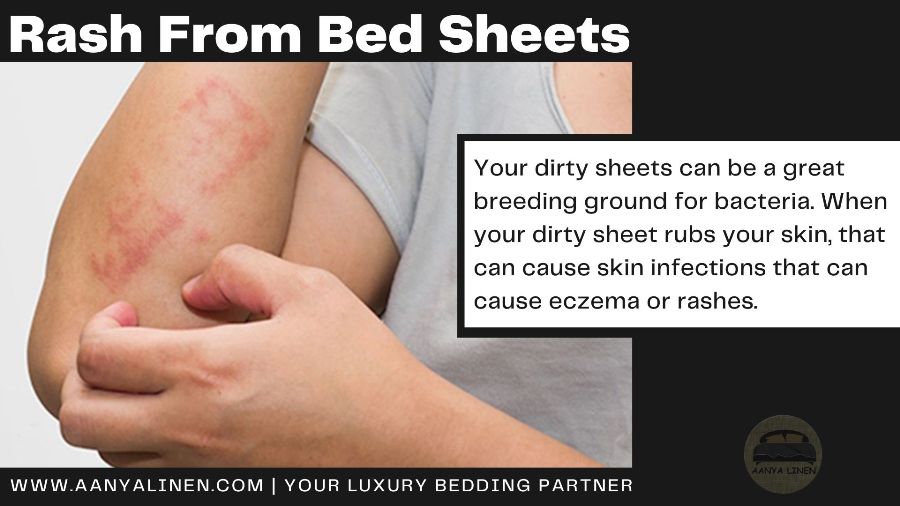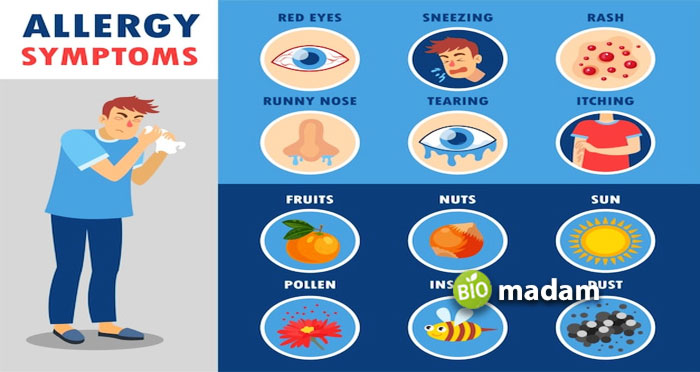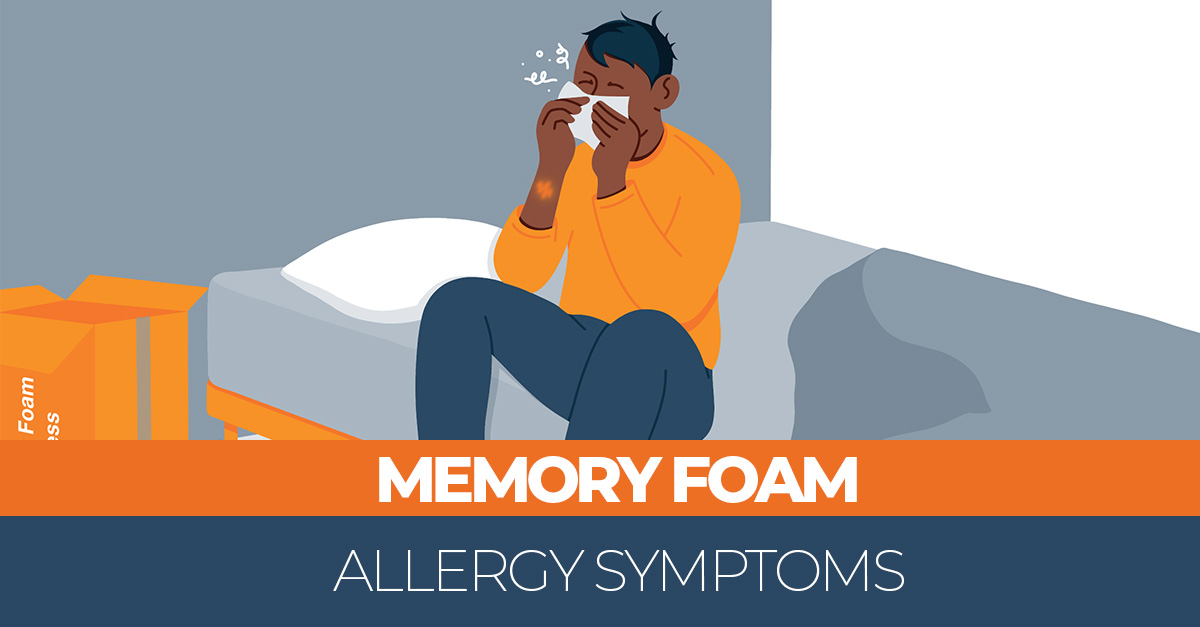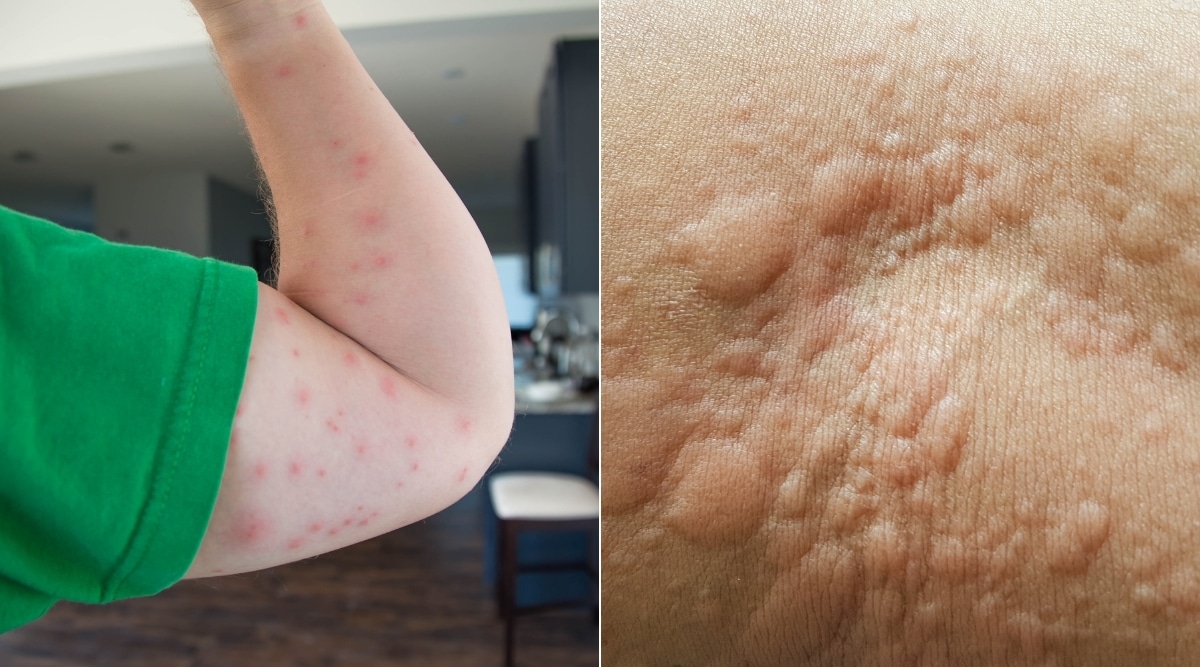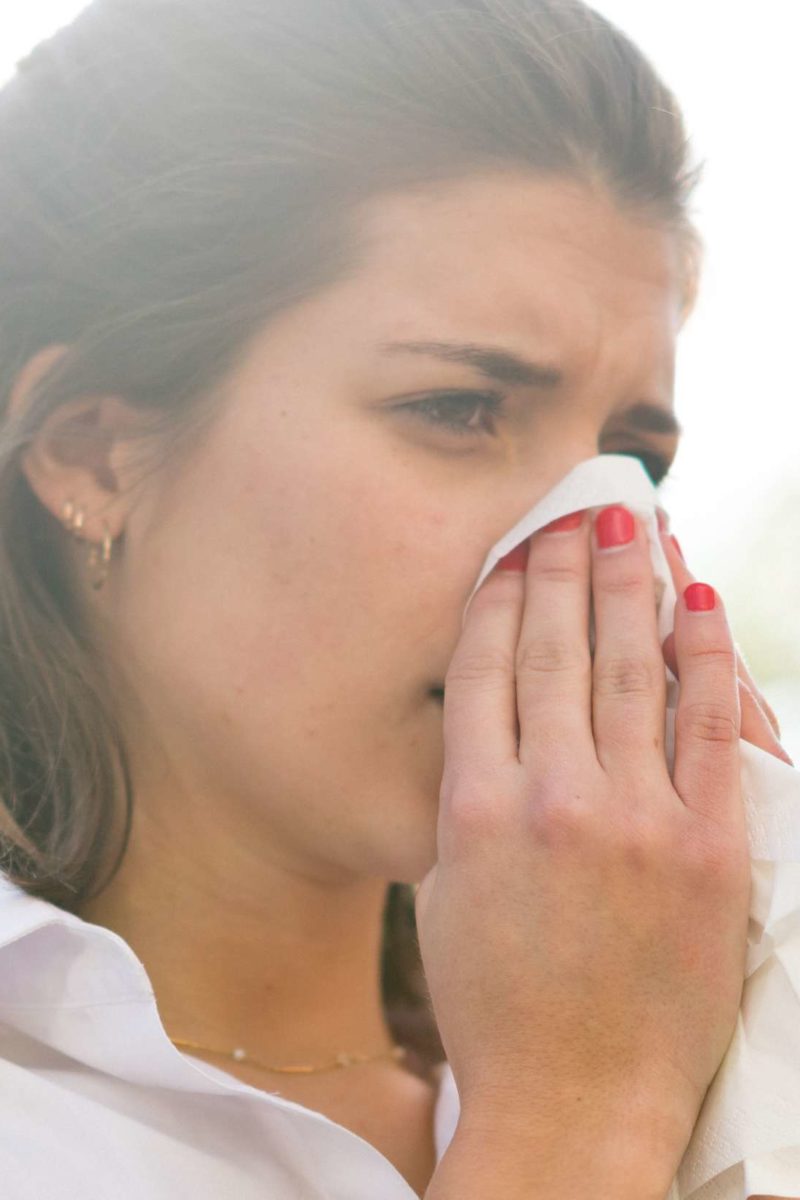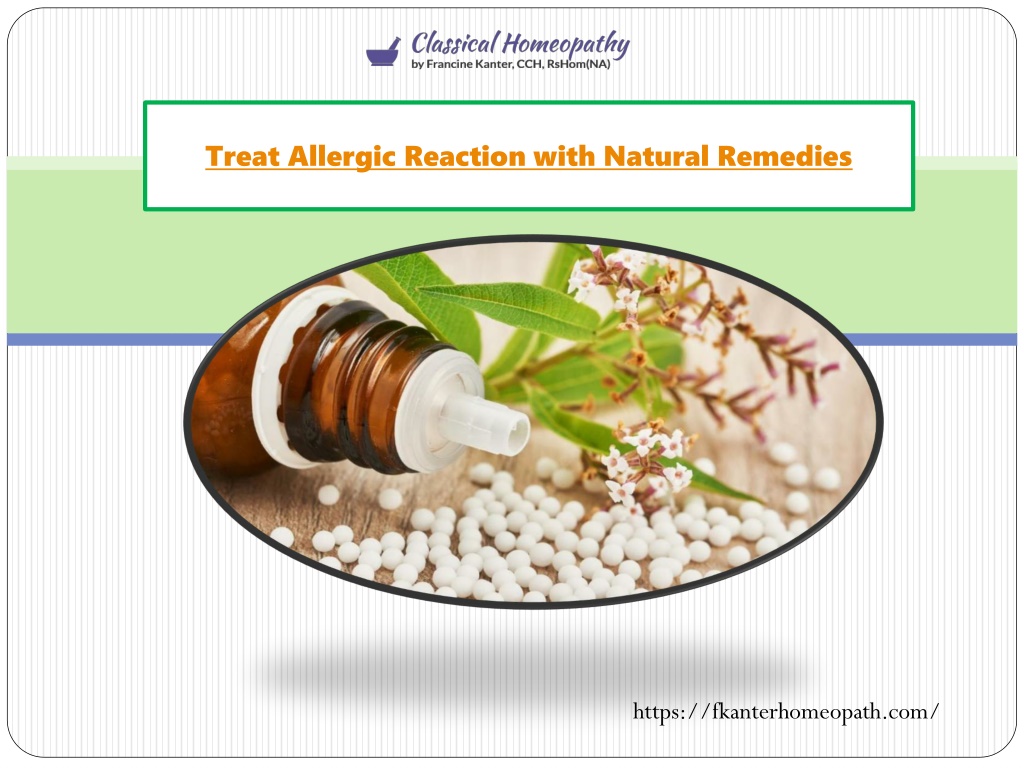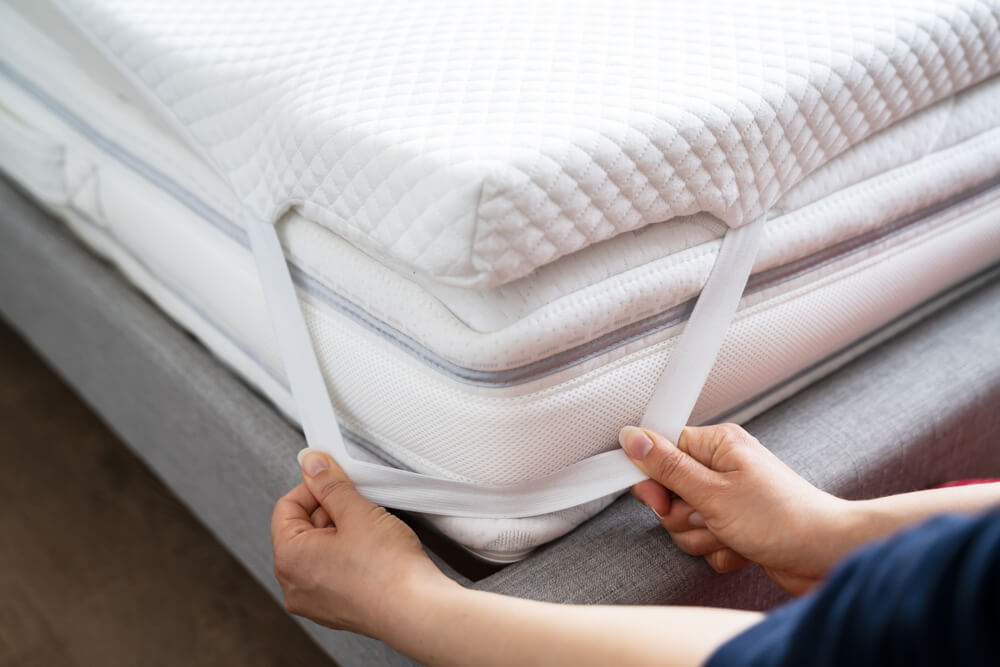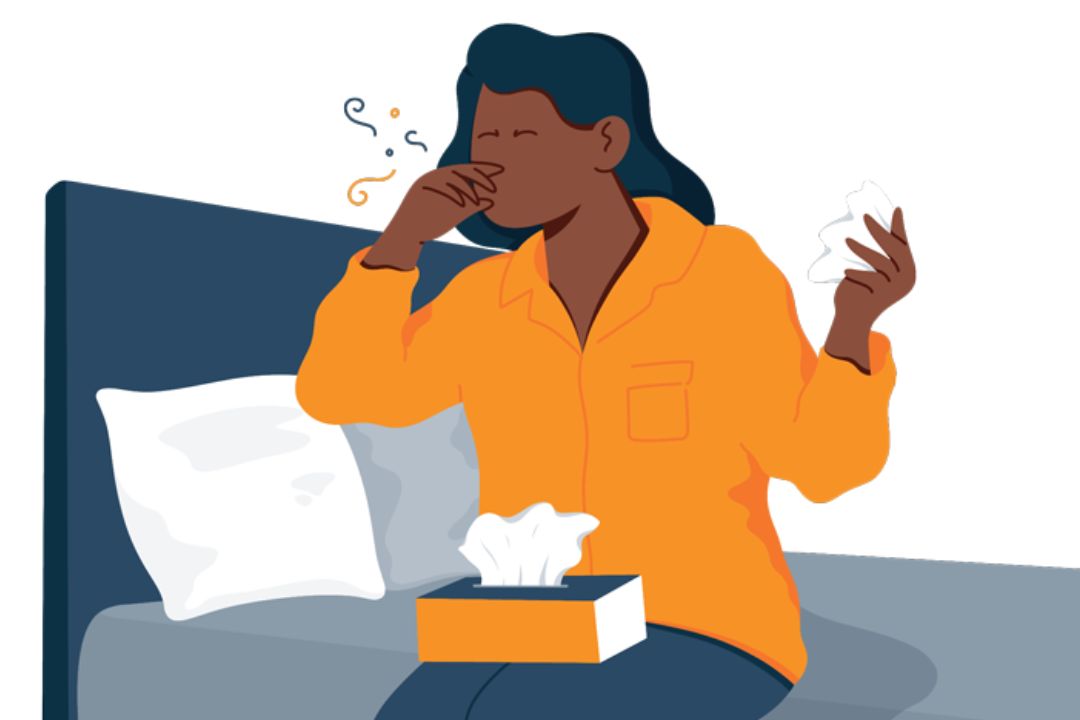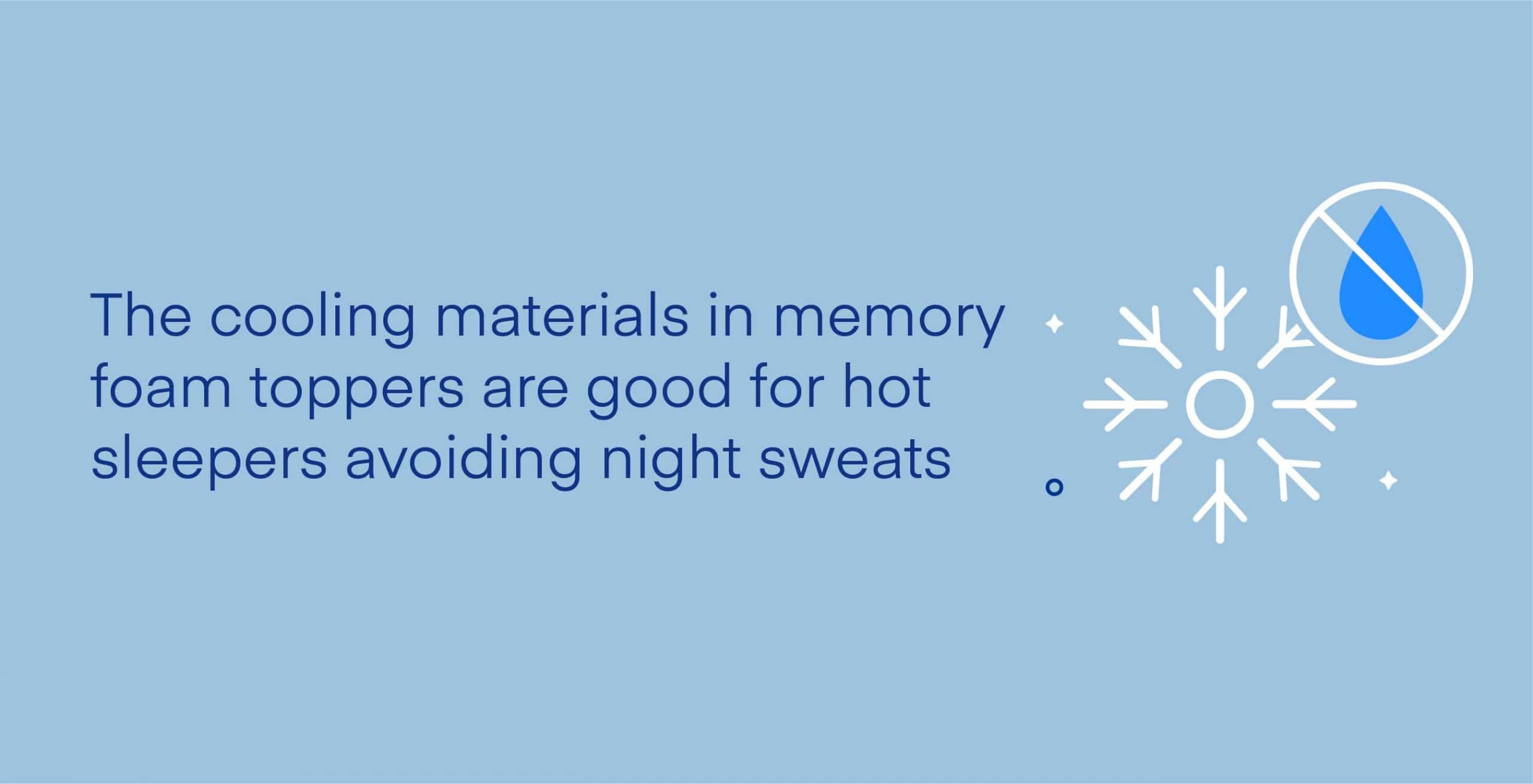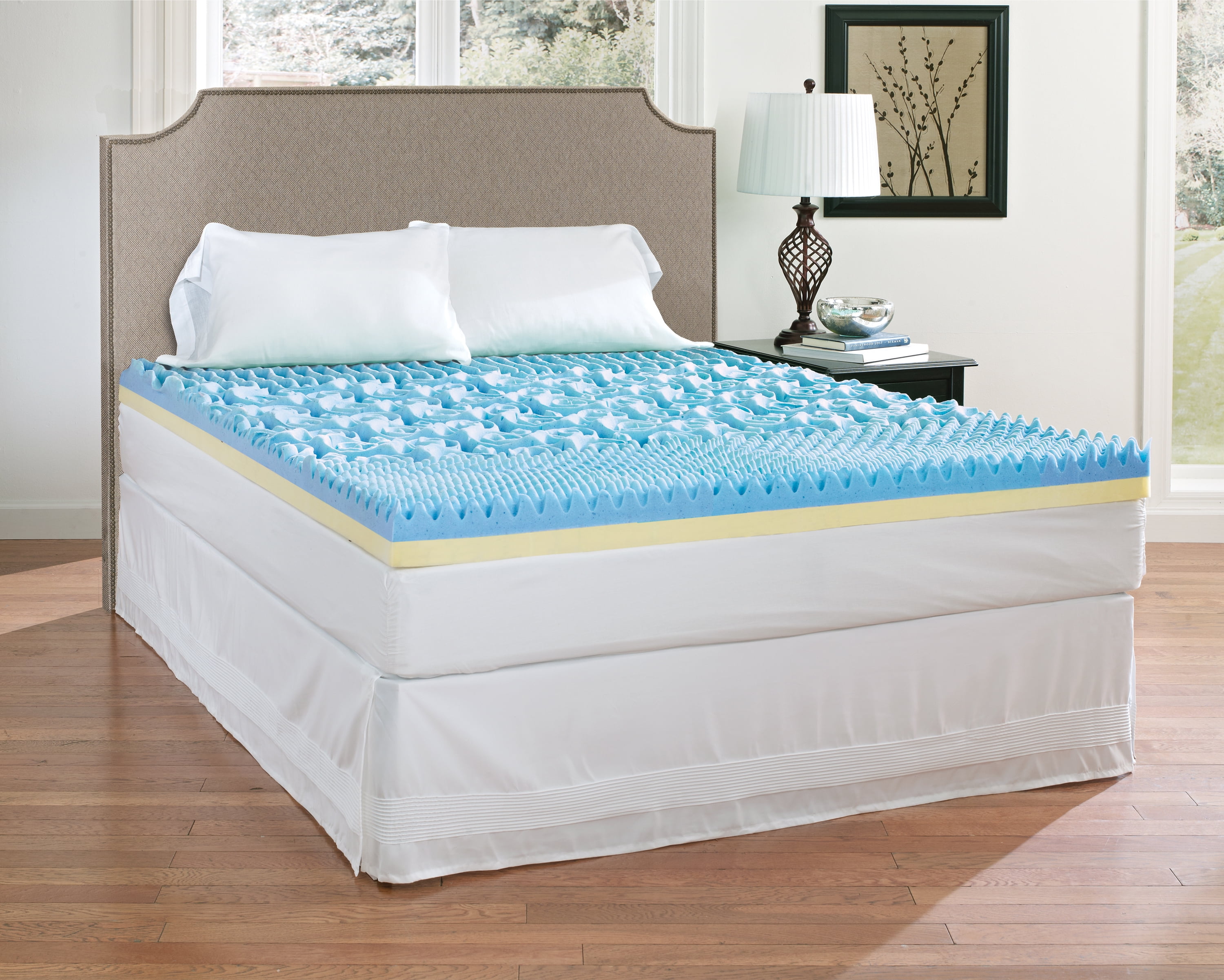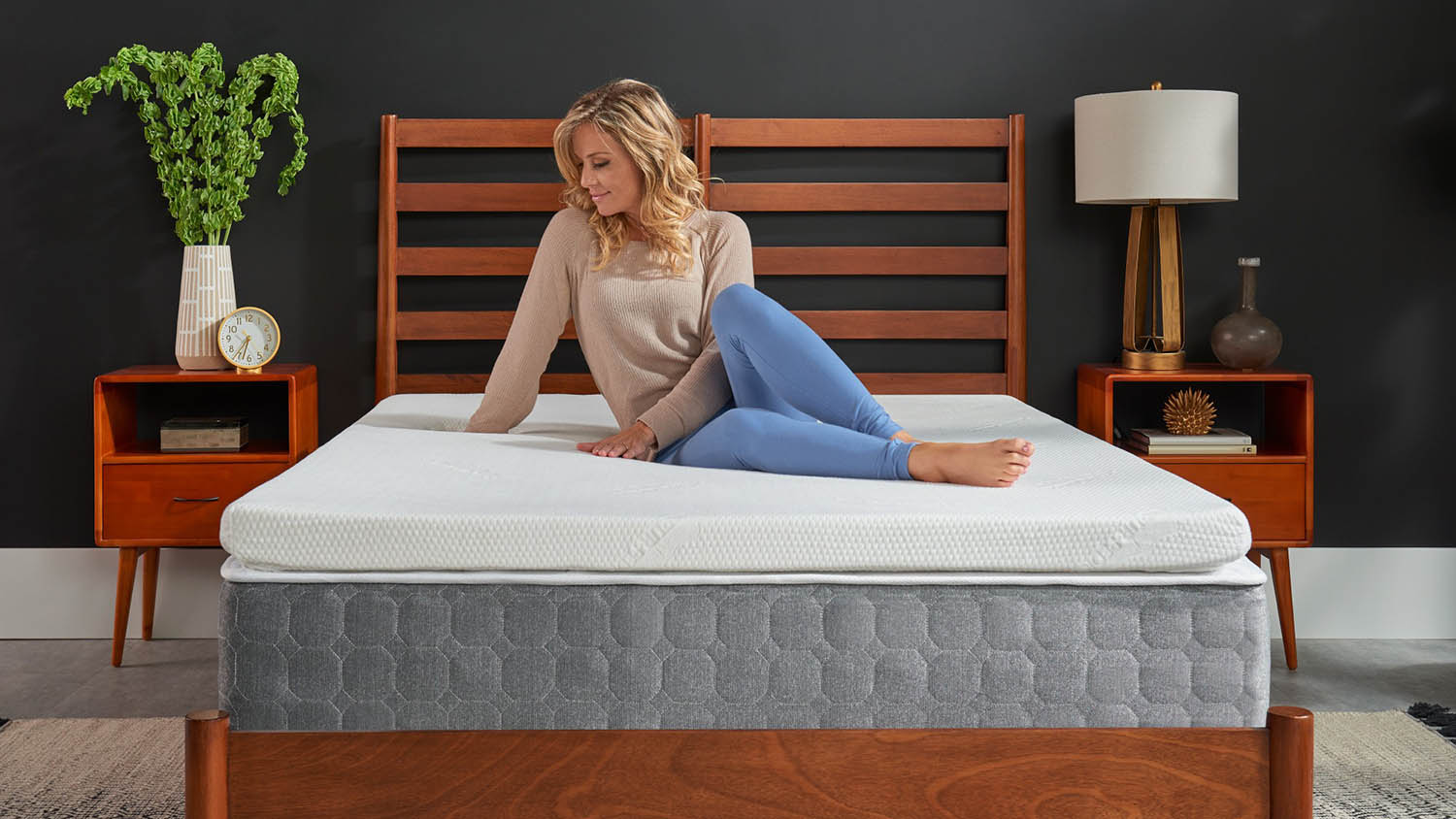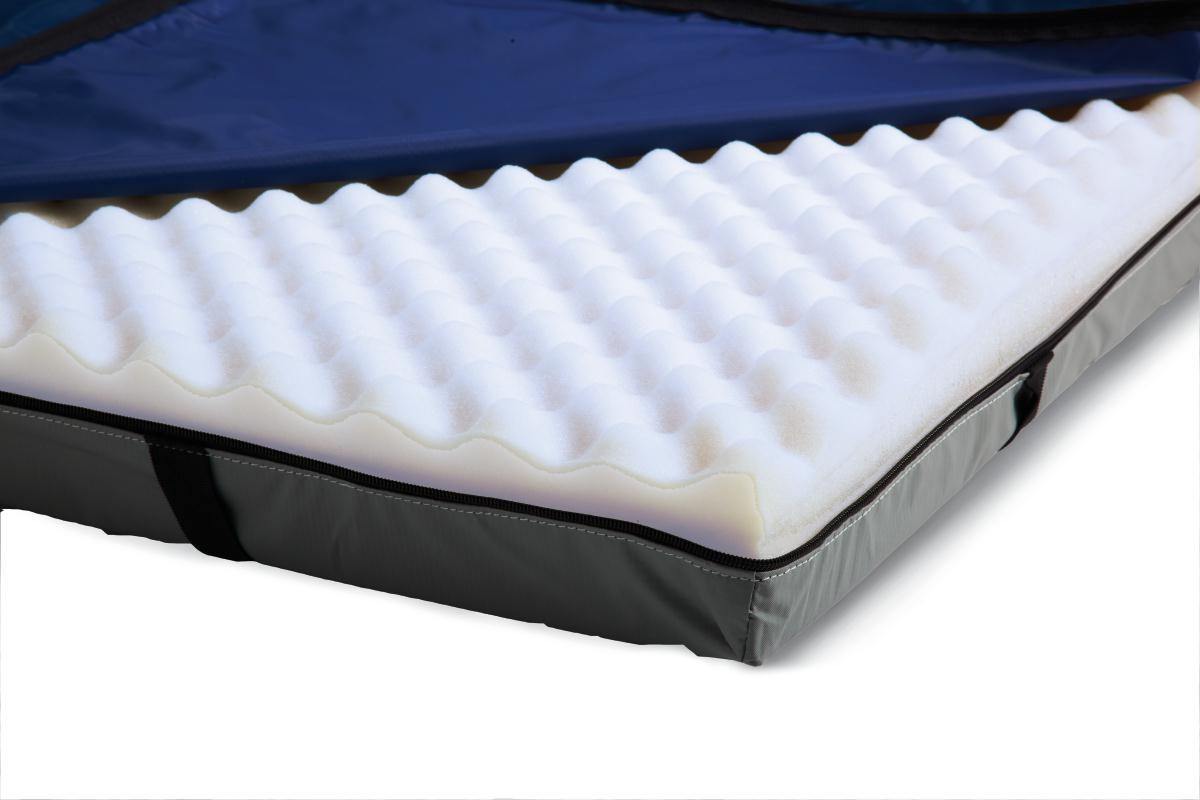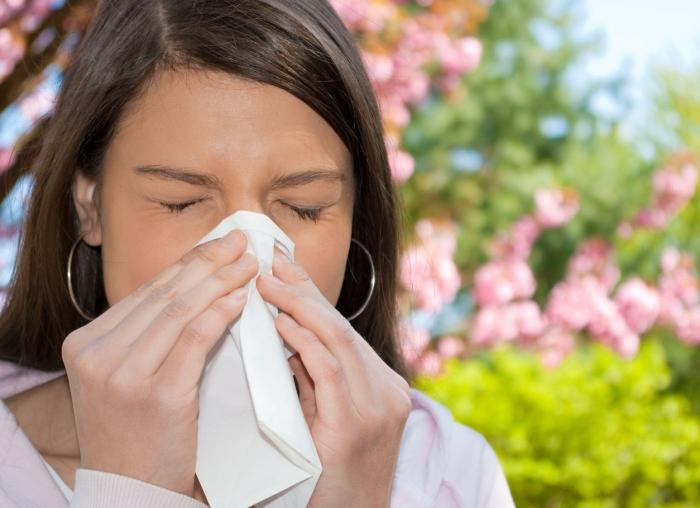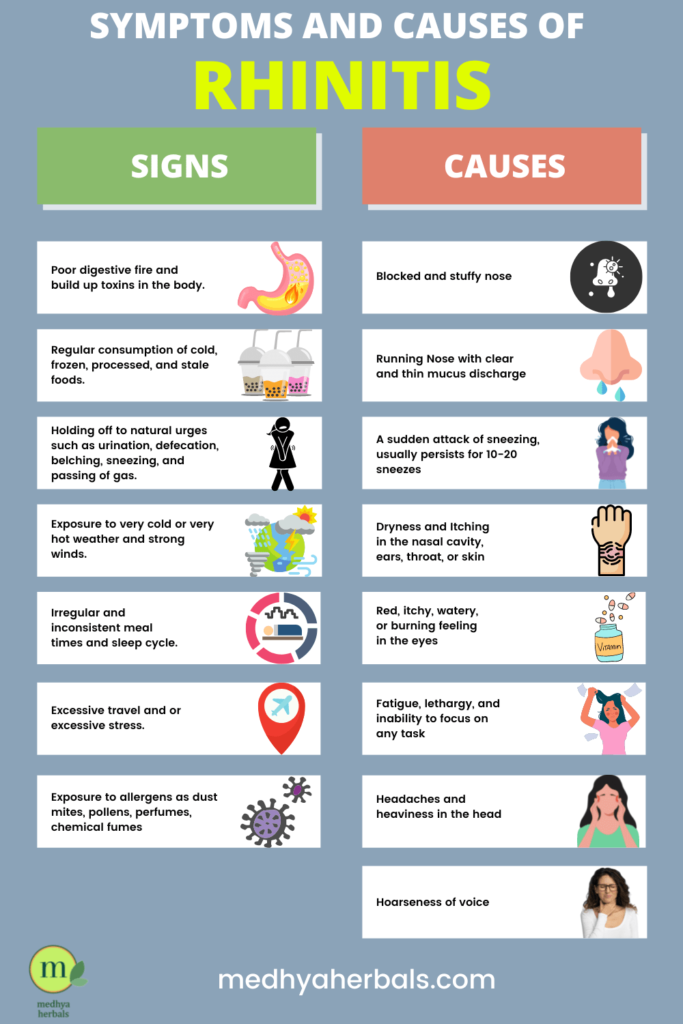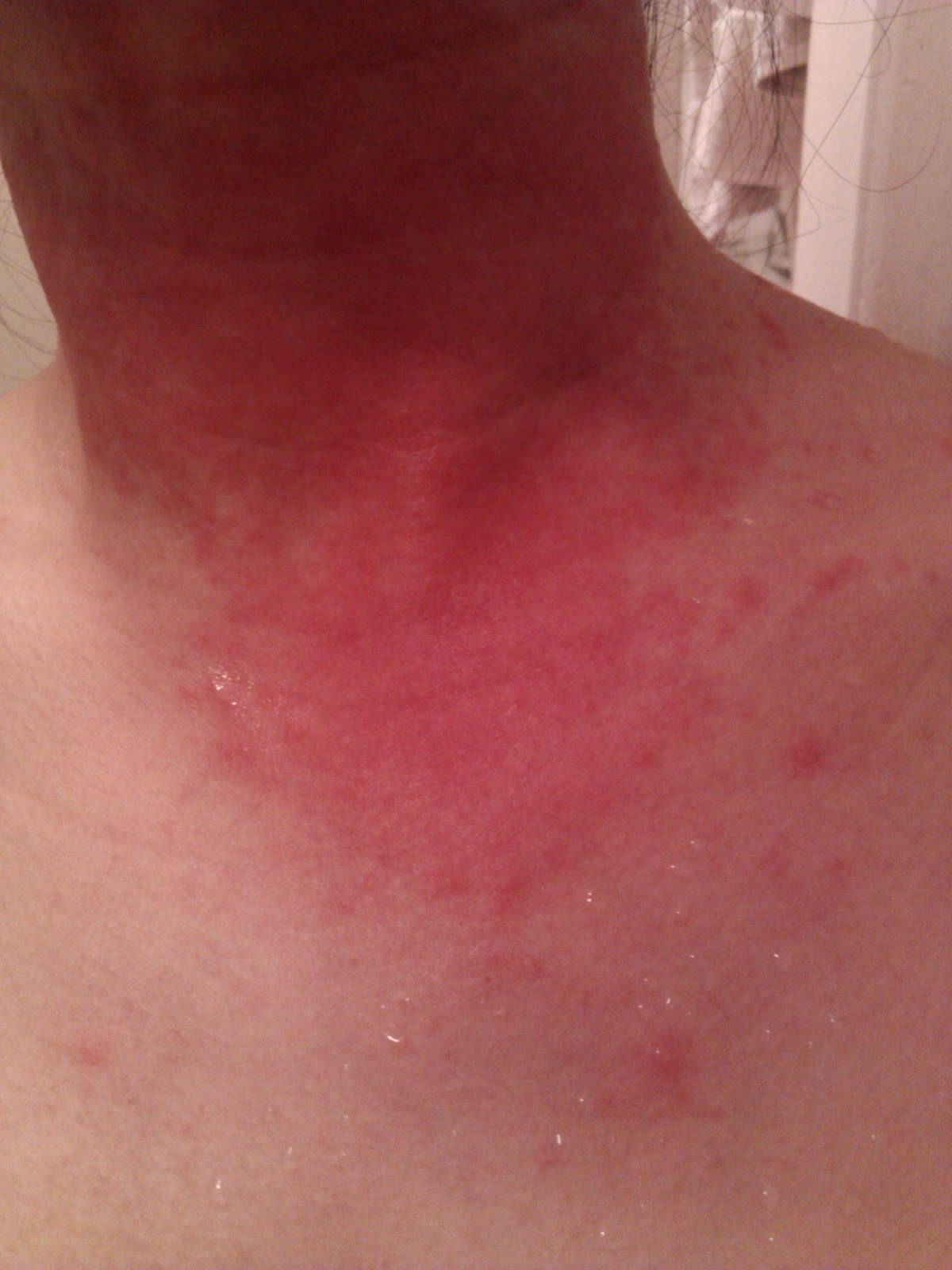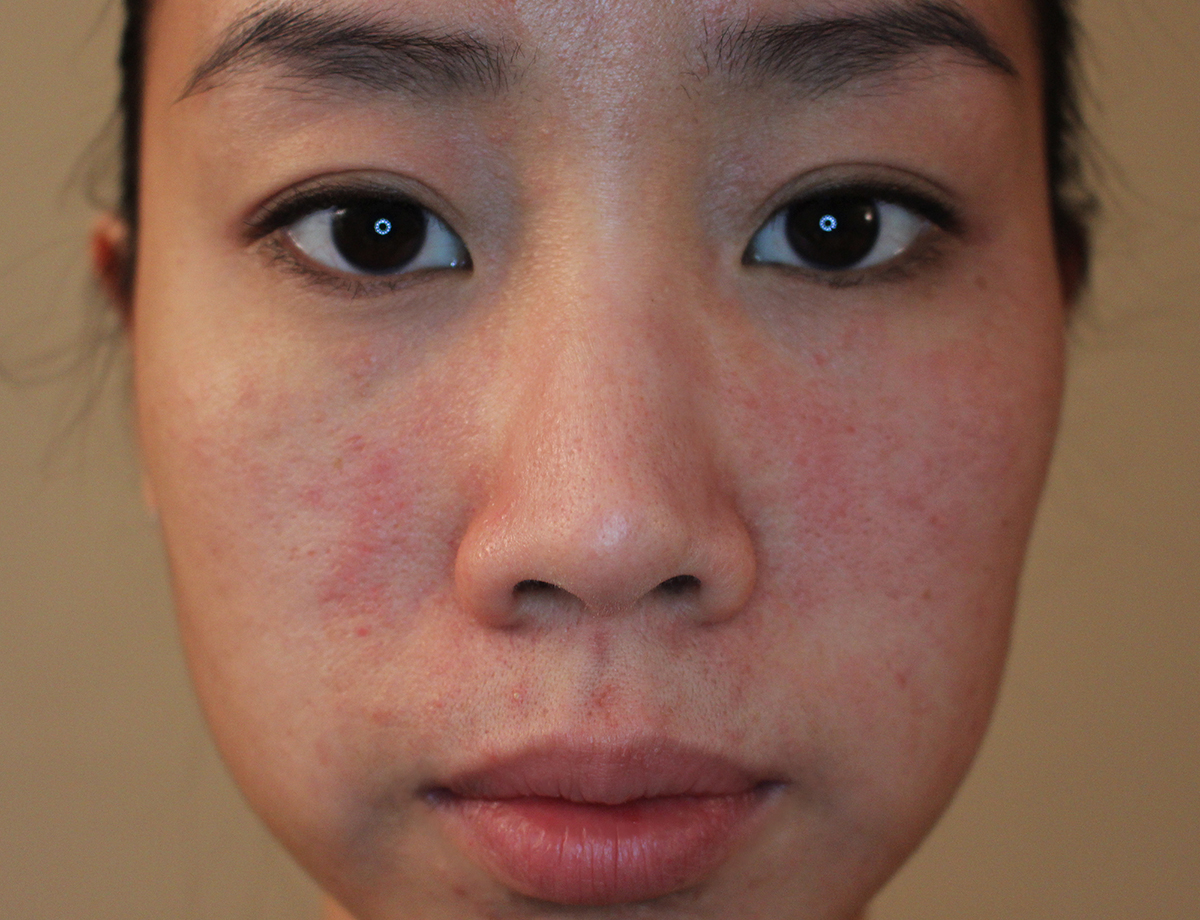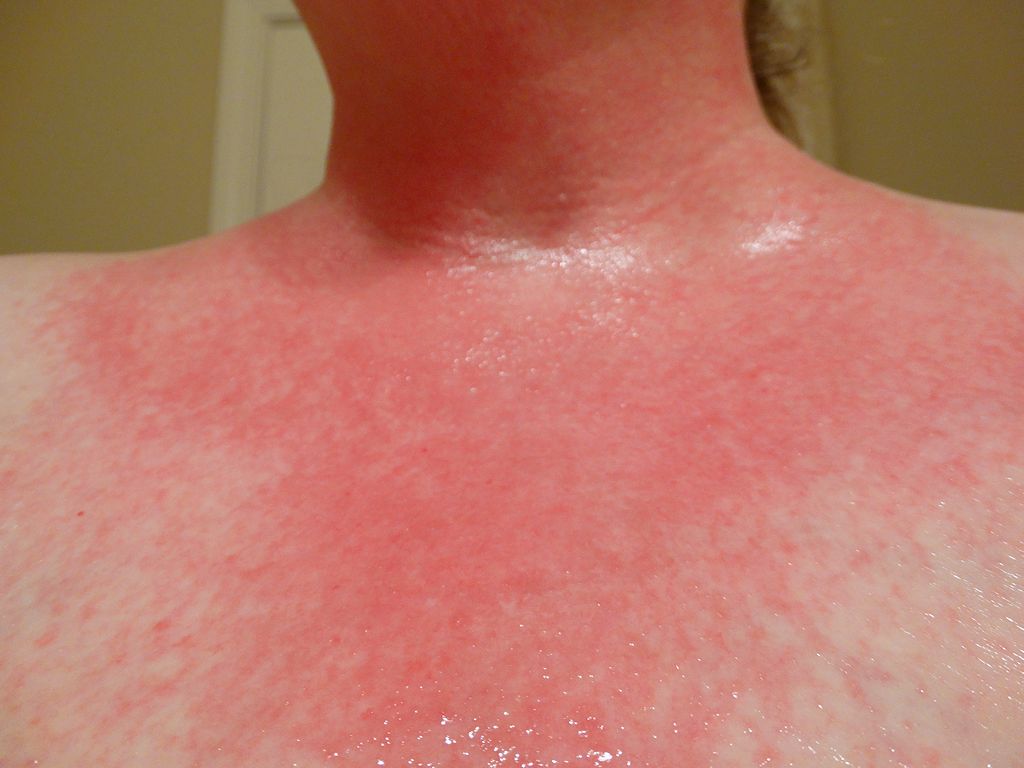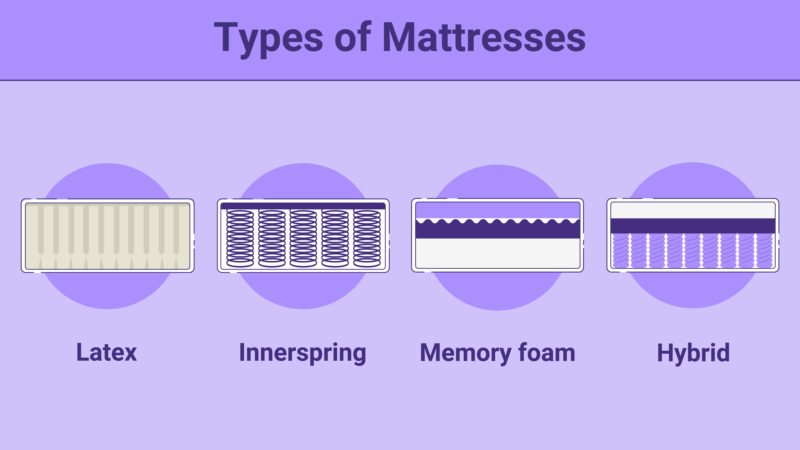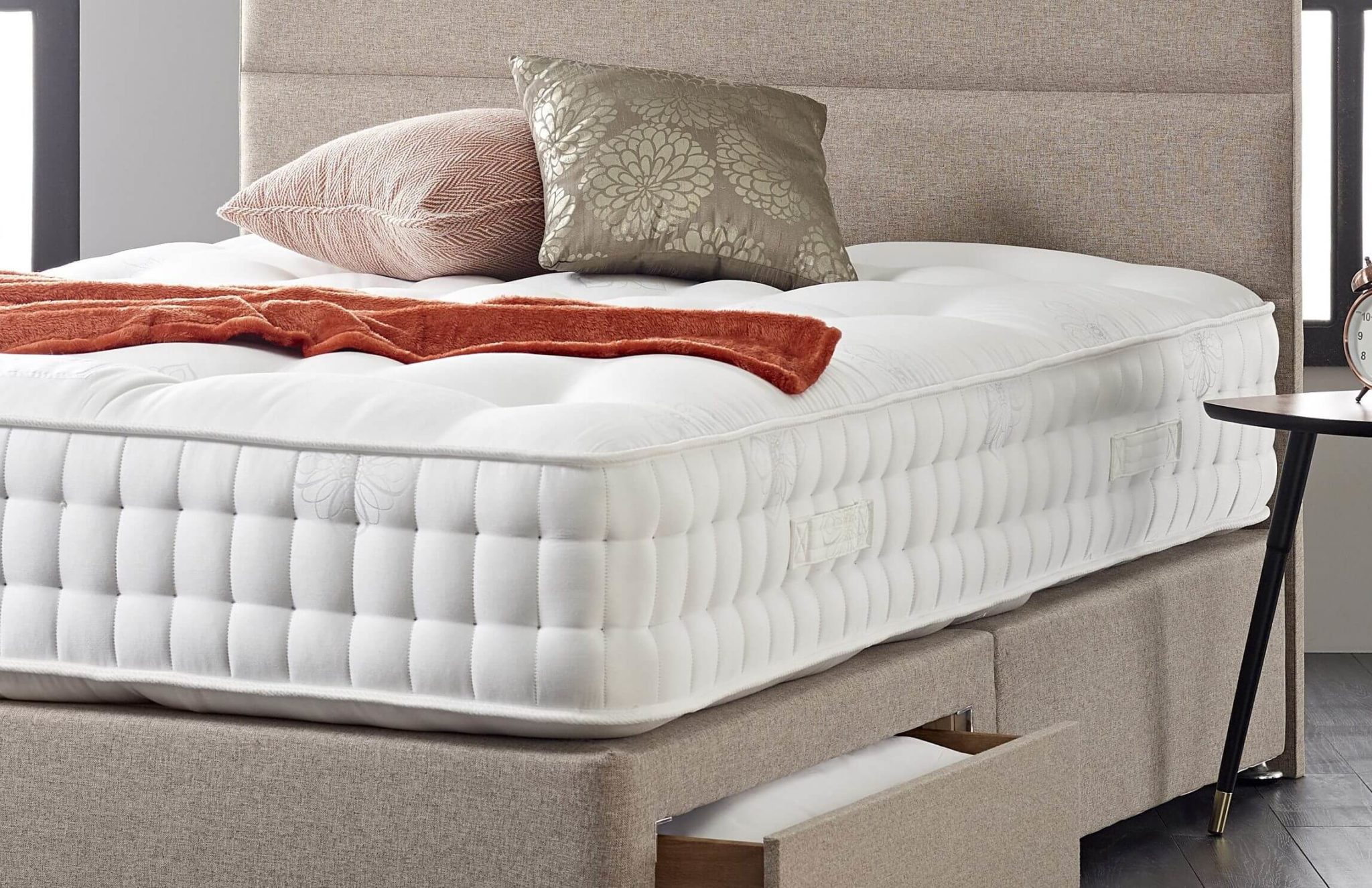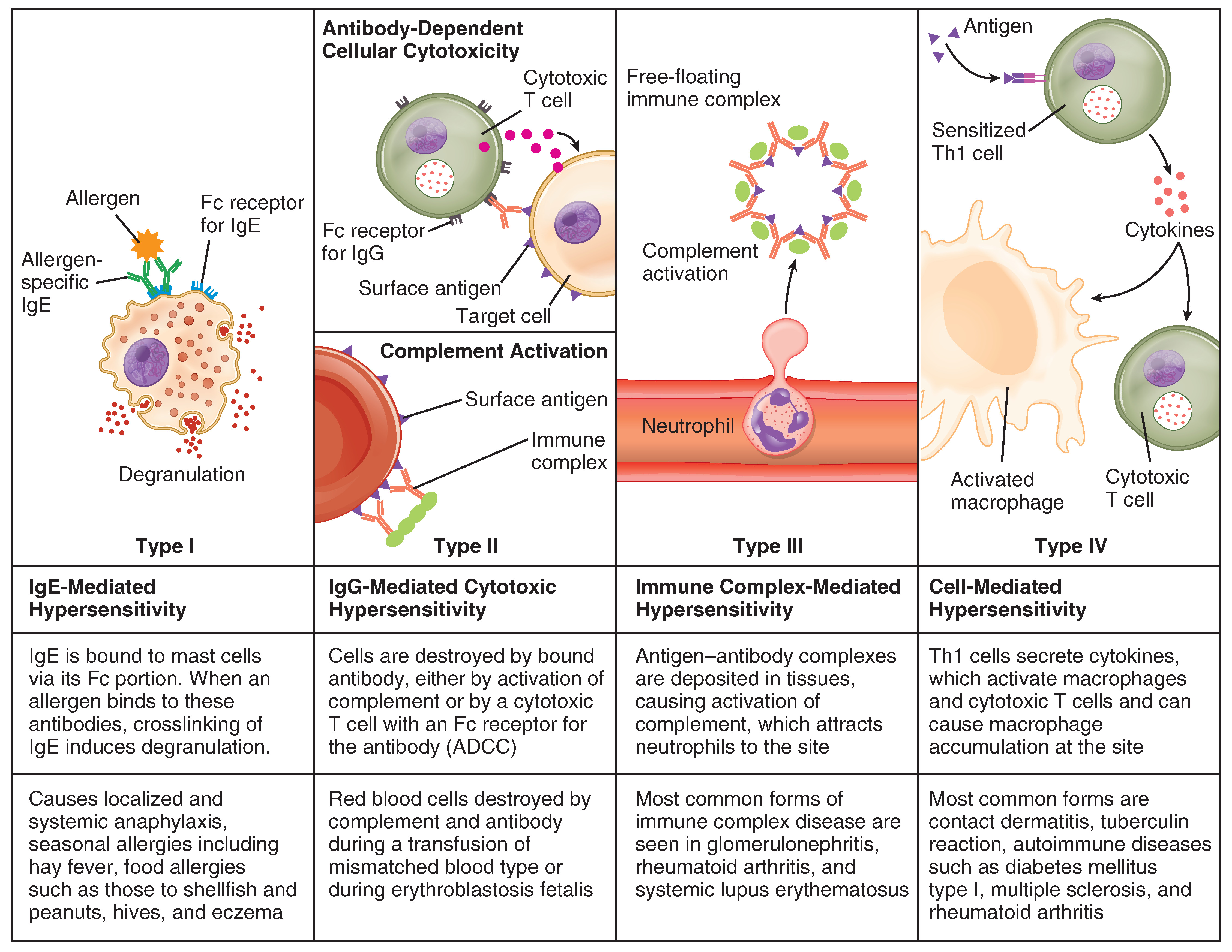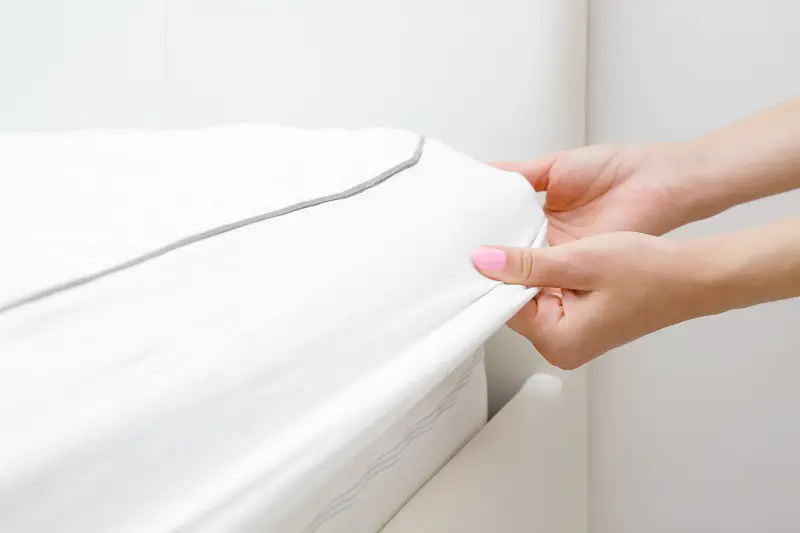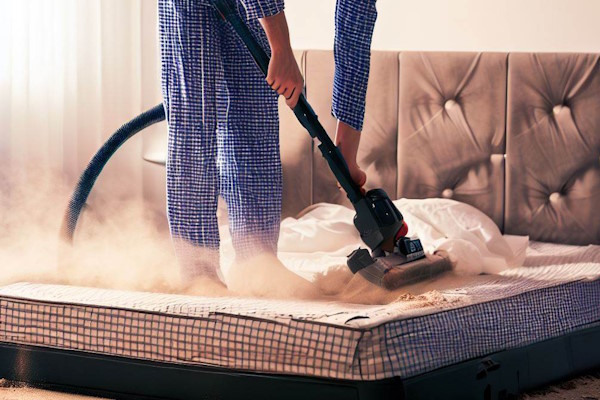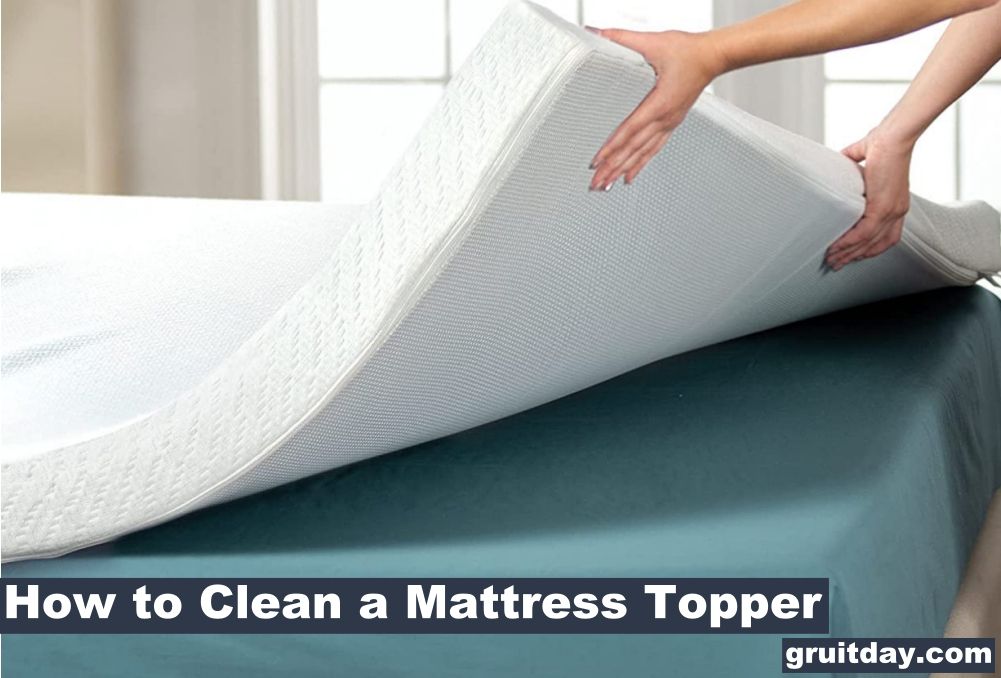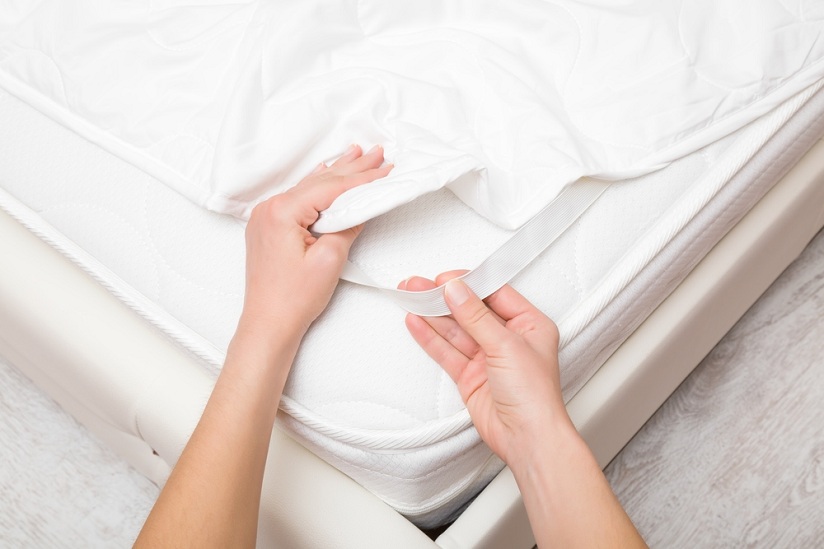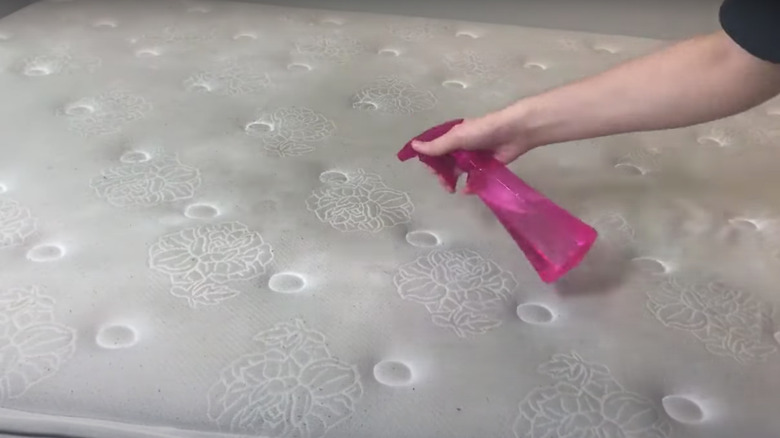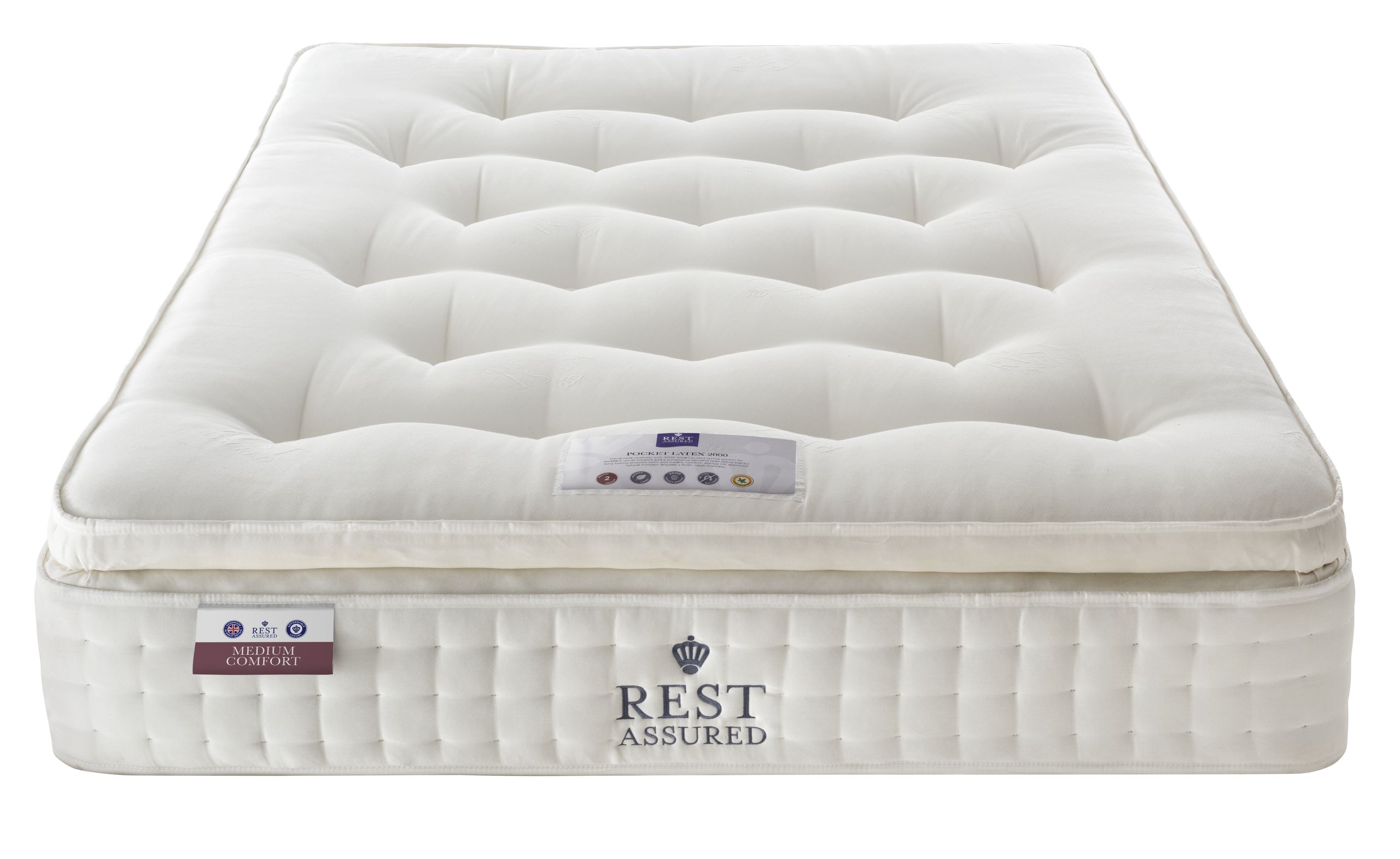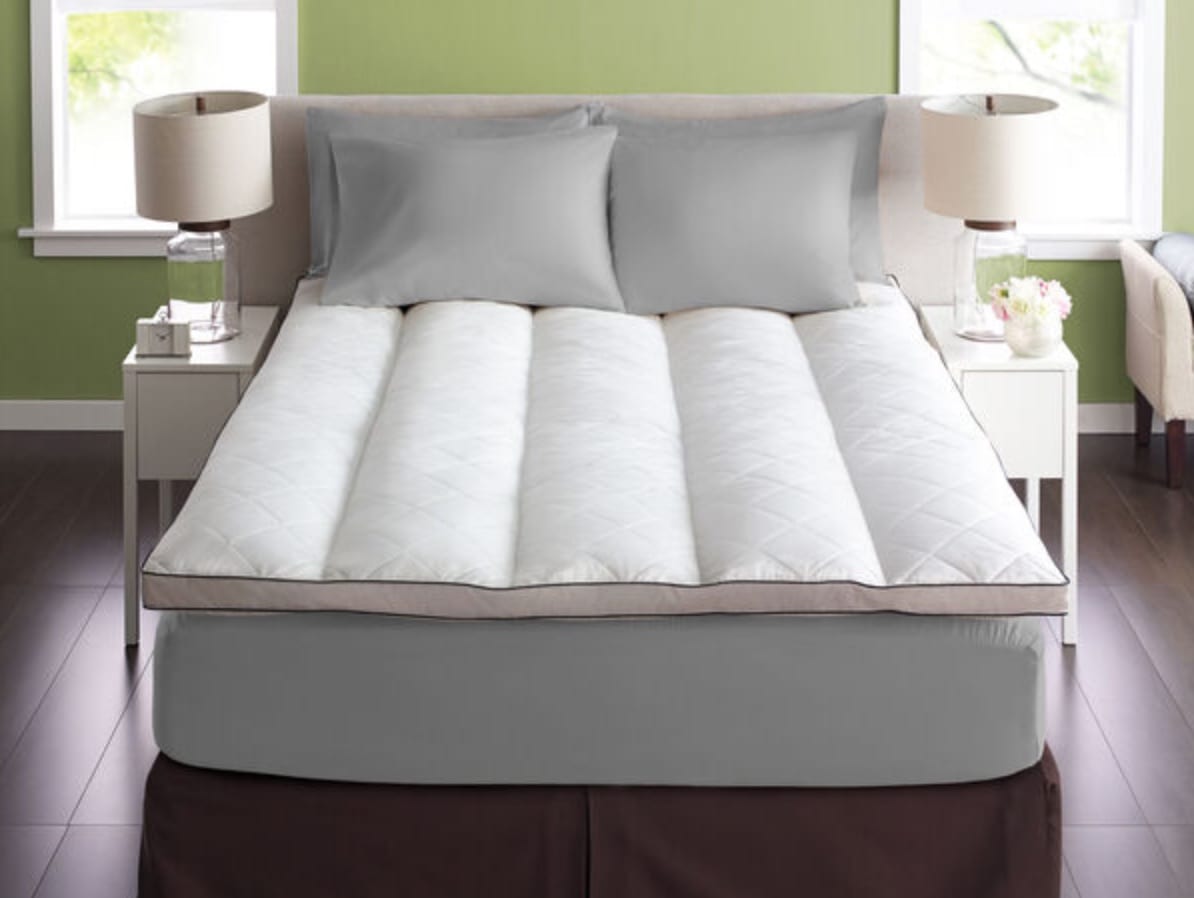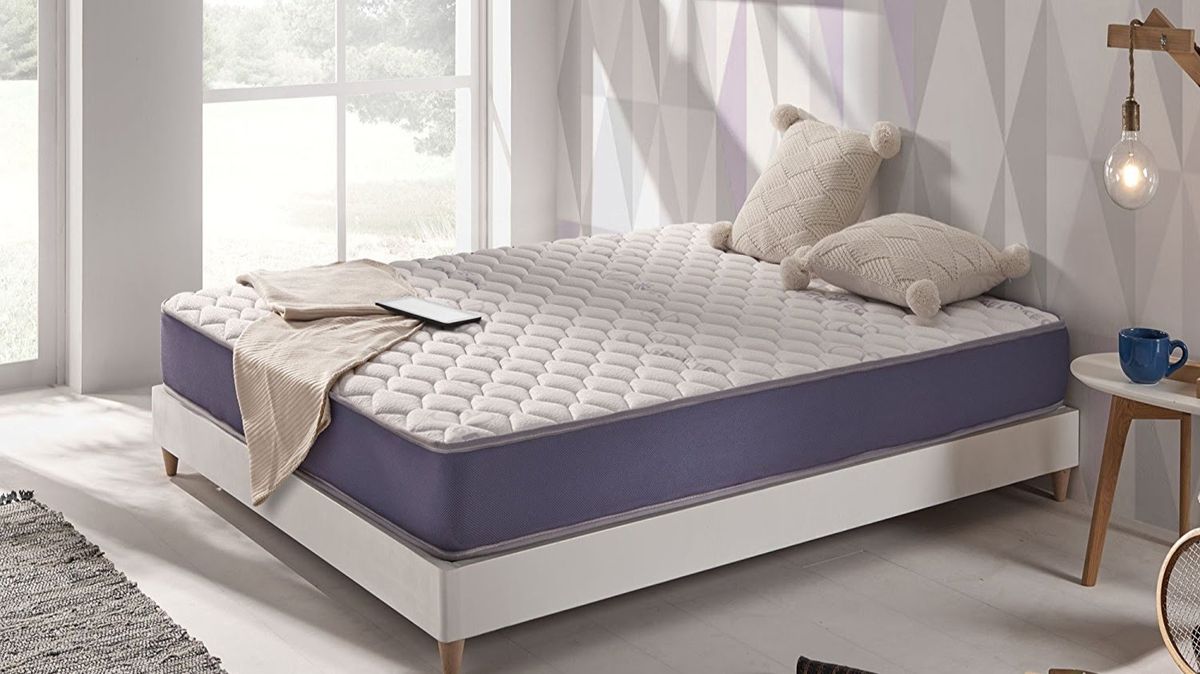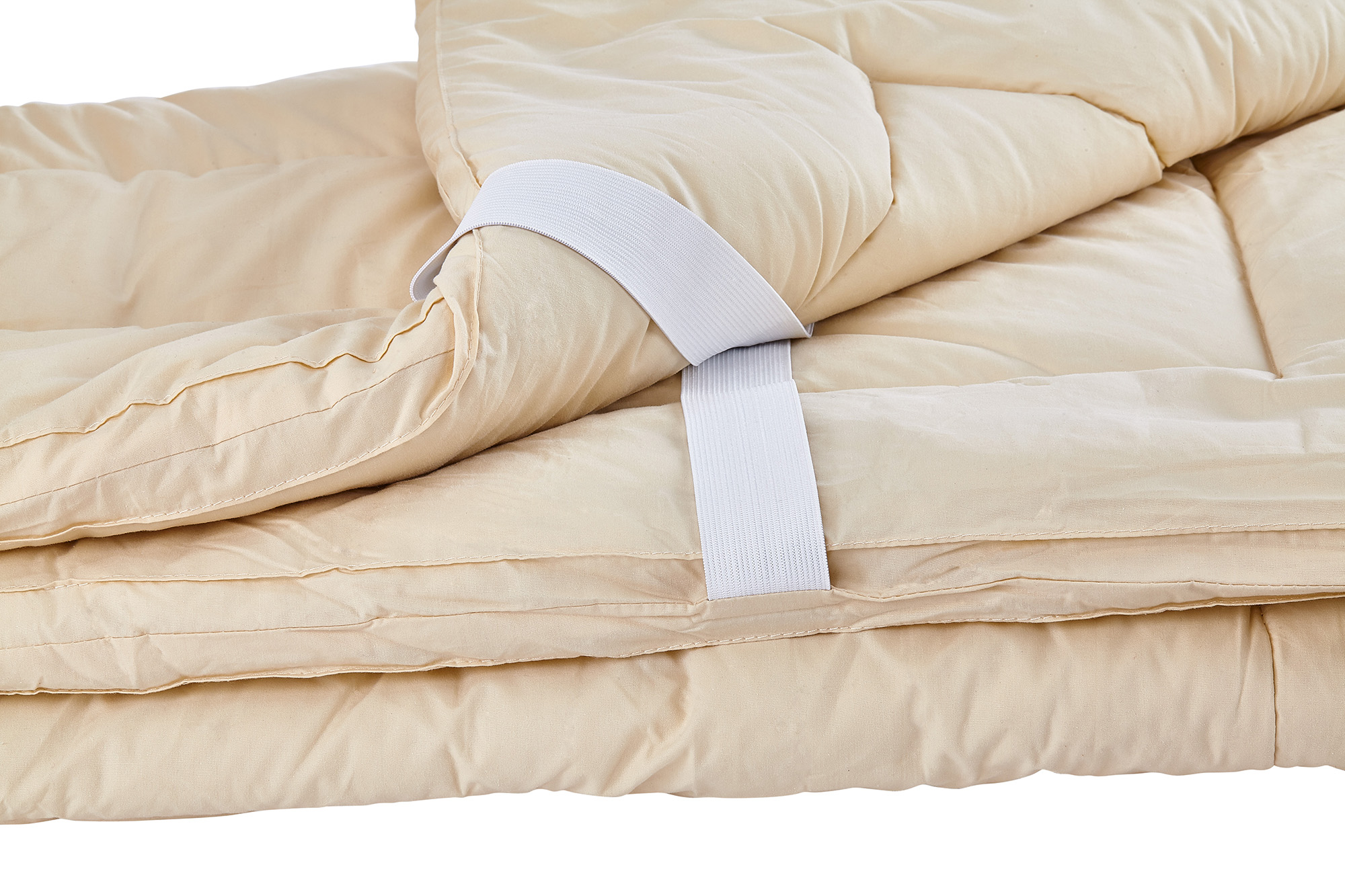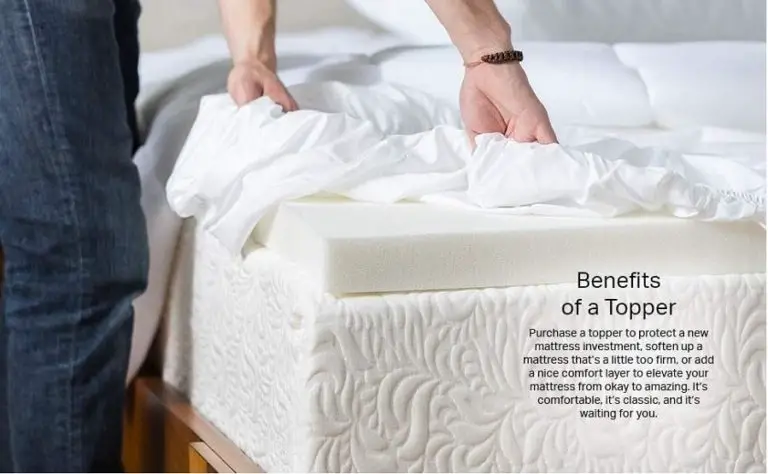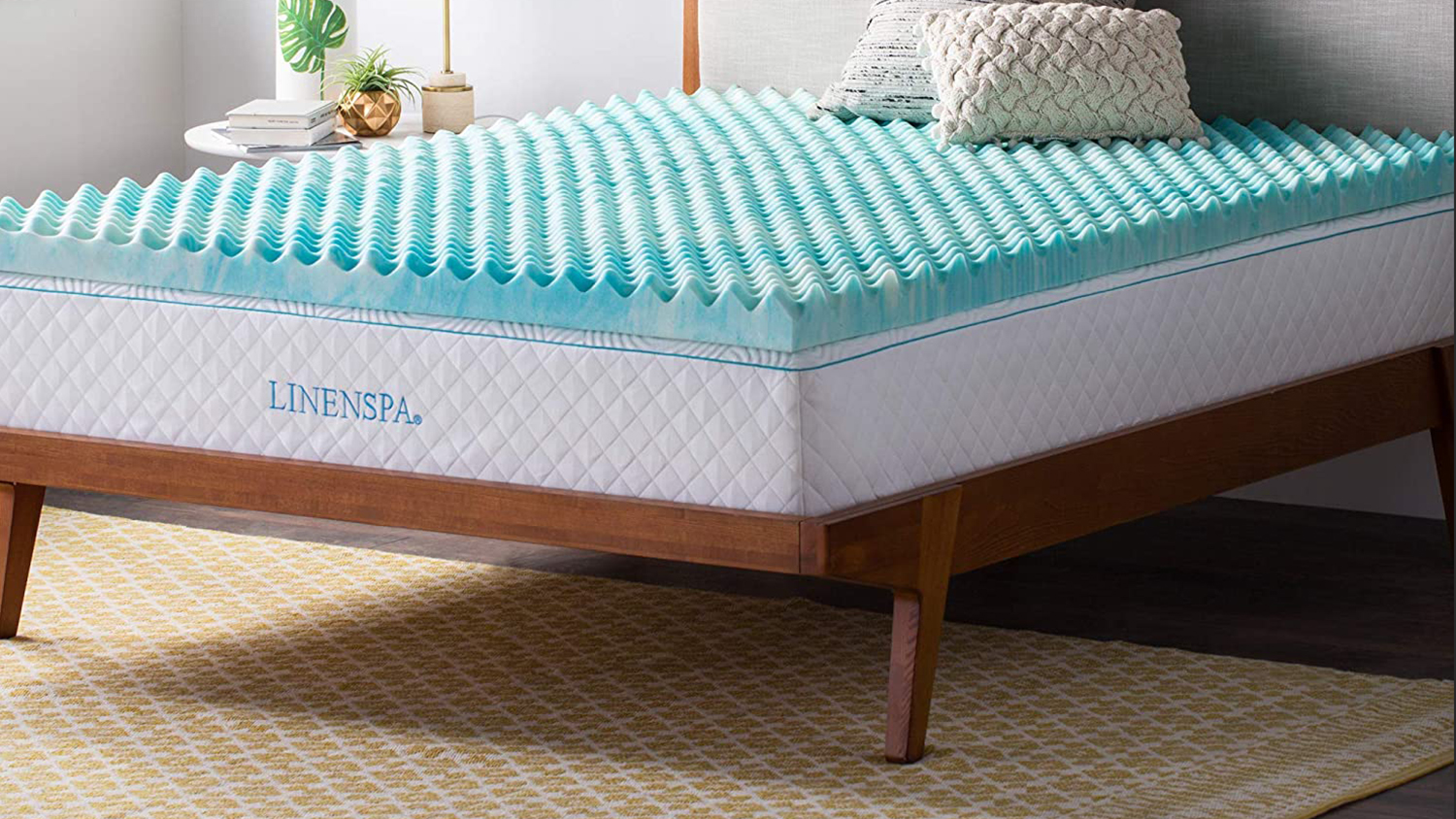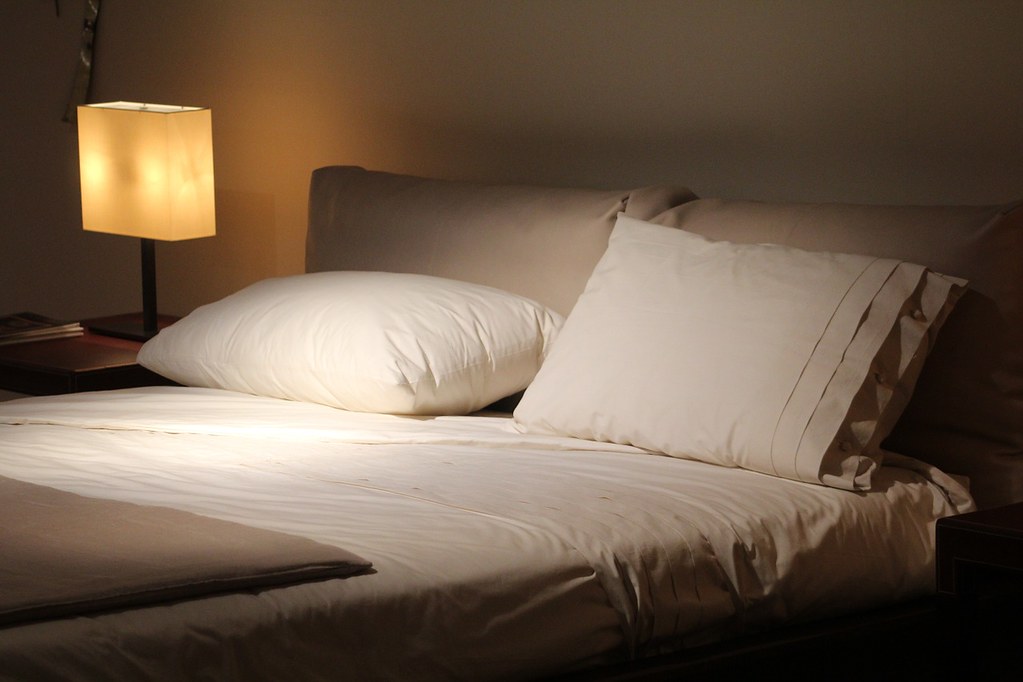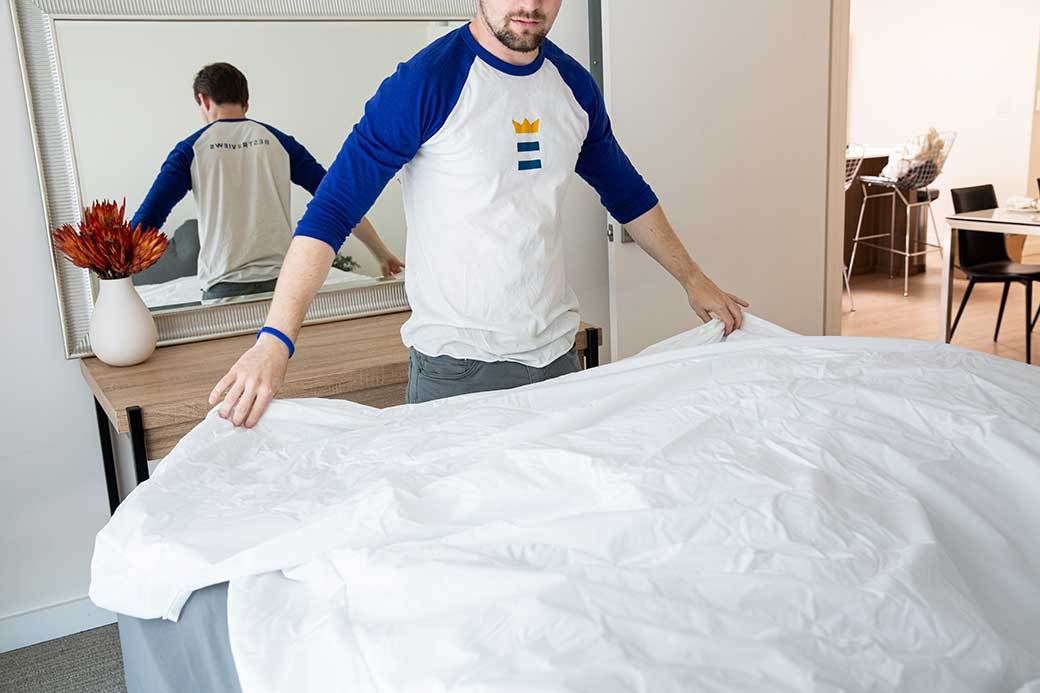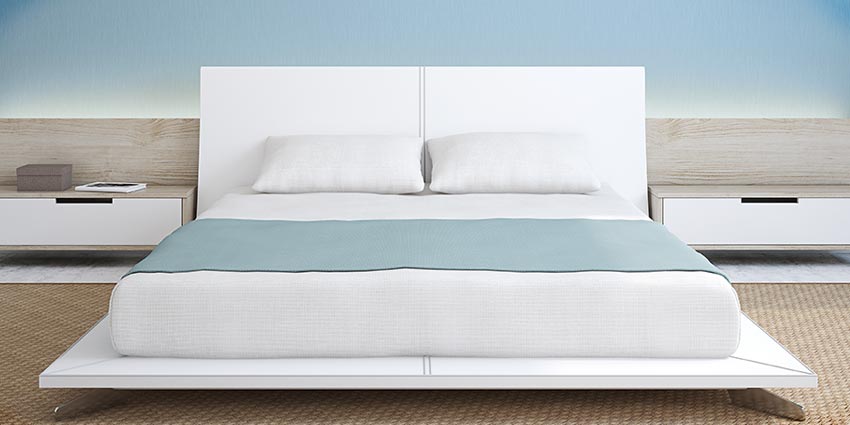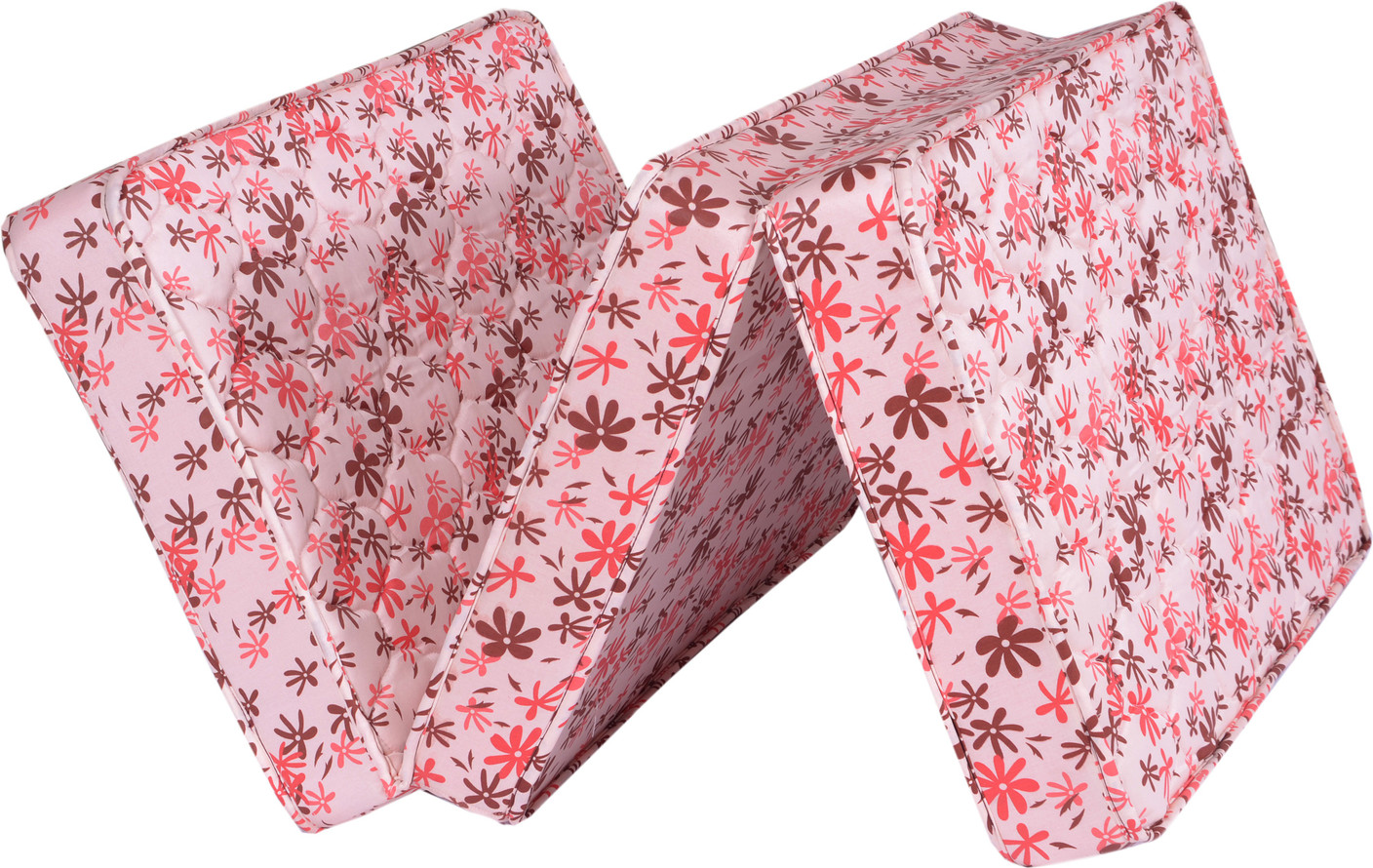What Causes Allergic Reactions to Mattress Toppers?
Allergic reactions to mattress toppers can be caused by a variety of factors. The most common culprit is dust mites, tiny creatures that thrive in warm, humid environments. These microscopic bugs feed on dead skin cells and their waste can trigger allergies in some people. Mold and mildew can also grow inside mattress toppers, especially in damp environments, and can cause allergic reactions. Additionally, some people may have allergic reactions to the materials used in the construction of the mattress topper, such as latex or memory foam.
How to Identify an Allergic Reaction to a Mattress Topper
If you suspect that you may be having an allergic reaction to your mattress topper, there are a few key symptoms to look out for. These include sneezing, coughing, and a runny or stuffy nose. Itching and watery eyes are also common signs of allergies. If you notice these symptoms becoming worse or more frequent when you are in bed, it could be a sign that your mattress topper is the culprit.
How to Treat an Allergic Reaction to a Mattress Topper
If you are experiencing an allergic reaction to your mattress topper, the first step is to remove the topper from your bed and replace it with a hypoallergenic one. You can also try washing your current mattress topper thoroughly with hot water and a mild detergent to remove any dust mites or allergens. Taking antihistamines can also help alleviate symptoms, but it is important to address the root cause of the allergy to prevent future reactions.
Can You Be Allergic to a Mattress Topper?
Yes, it is possible to be allergic to a mattress topper. As mentioned earlier, the materials used in the construction of the topper, such as latex or memory foam, can trigger allergies in some individuals. Additionally, dust mites and mold can accumulate in mattress toppers and cause allergic reactions. If you are prone to allergies, it is important to choose a hypoallergenic mattress topper or regularly clean and replace your current one to avoid allergic reactions.
How to Prevent Allergic Reactions to Mattress Toppers
The best way to prevent allergic reactions to mattress toppers is to choose a hypoallergenic option. Look for toppers made with natural, organic materials that are less likely to trigger allergies. You can also opt for a waterproof mattress protector to prevent dust mites and mold from accumulating in your topper. Regularly cleaning and replacing your topper can also help prevent allergic reactions.
Symptoms of an Allergic Reaction to a Mattress Topper
As mentioned earlier, the most common symptoms of an allergic reaction to a mattress topper include sneezing, coughing, a runny or stuffy nose, and itchy, watery eyes. Some people may also experience skin irritation, such as rashes or hives, when coming into contact with allergens in their mattress topper. If you experience any of these symptoms, it is important to address the issue as soon as possible to prevent further discomfort.
Types of Mattress Toppers That Can Cause Allergic Reactions
While any type of mattress topper has the potential to cause allergic reactions, some materials are more likely to trigger allergies than others. Memory foam and latex are common culprits as they can trap dust mites and mold. Wool and down mattress toppers can also cause allergies in some people due to their natural fibers. If you are prone to allergies, it is best to avoid these materials and opt for a hypoallergenic option instead.
How to Clean a Mattress Topper to Avoid Allergic Reactions
To prevent allergic reactions, it is essential to regularly clean your mattress topper. Start by vacuuming the topper to remove any dust or debris. Then, spot clean any stains with a mild detergent and cold water. You can also use a mixture of equal parts water and white vinegar to remove odors and disinfect the topper. Finally, allow the topper to air dry completely before placing it back on your bed.
Natural Mattress Toppers for Allergy Sufferers
If you suffer from allergies, opting for a natural mattress topper can help alleviate symptoms. Natural materials such as organic cotton, bamboo, and kapok are less likely to trigger allergies compared to synthetic materials. These toppers are also naturally hypoallergenic, making them a great choice for allergy sufferers. Just be sure to read the product description carefully to ensure the topper is truly made with natural materials.
Hypoallergenic Mattress Toppers: Are They Worth It?
Hypoallergenic mattress toppers are specifically designed to prevent allergic reactions. They are made with materials that are less likely to trigger allergies, such as bamboo, latex, or organic cotton. While they may be more expensive than non-hypoallergenic options, they can be worth the investment for those who suffer from allergies. Just be sure to choose a reputable brand and read reviews to ensure the topper is truly hypoallergenic.
Understanding Allergic Reactions to Mattress Toppers
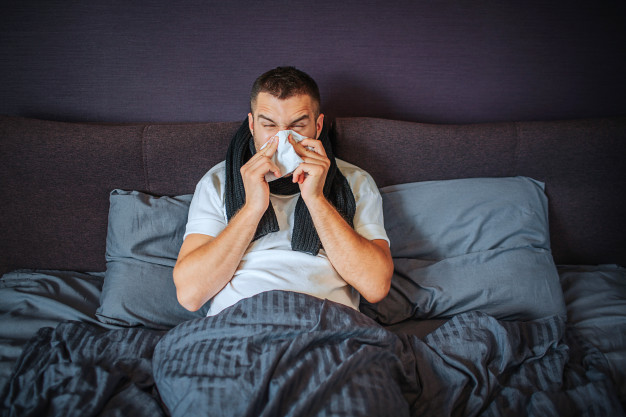
What is a Mattress Topper?
 A mattress topper is a thin layer of cushioning material that is placed on top of a mattress to provide extra comfort and support. It is often used to improve the feel of an old or uncomfortable mattress, and can be made from a variety of materials such as memory foam, latex, or down feathers.
A mattress topper is a thin layer of cushioning material that is placed on top of a mattress to provide extra comfort and support. It is often used to improve the feel of an old or uncomfortable mattress, and can be made from a variety of materials such as memory foam, latex, or down feathers.
What Causes Allergic Reactions to Mattress Toppers?
 While mattress toppers can provide many benefits, they can also be the culprit behind allergic reactions. This is because they can collect dust, dirt, and other allergens over time, especially if not regularly cleaned. Additionally, some materials used in mattress toppers, such as down feathers, can trigger allergic reactions in some individuals.
While mattress toppers can provide many benefits, they can also be the culprit behind allergic reactions. This is because they can collect dust, dirt, and other allergens over time, especially if not regularly cleaned. Additionally, some materials used in mattress toppers, such as down feathers, can trigger allergic reactions in some individuals.
Common Symptoms of an Allergic Reaction
 If you are experiencing an allergic reaction to your mattress topper, you may notice symptoms such as sneezing, coughing, itchy or watery eyes, and a runny nose. Some people may also experience skin rashes or hives if they come into direct contact with the topper.
If you are experiencing an allergic reaction to your mattress topper, you may notice symptoms such as sneezing, coughing, itchy or watery eyes, and a runny nose. Some people may also experience skin rashes or hives if they come into direct contact with the topper.
Preventing Allergic Reactions to Mattress Toppers
 Fortunately, there are steps you can take to prevent allergic reactions to your mattress topper. The first and most important step is to regularly clean and maintain your topper. This includes vacuuming it regularly and washing it according to the manufacturer's instructions. You can also consider using a hypoallergenic mattress topper, which is made from materials that are less likely to trigger allergies.
Fortunately, there are steps you can take to prevent allergic reactions to your mattress topper. The first and most important step is to regularly clean and maintain your topper. This includes vacuuming it regularly and washing it according to the manufacturer's instructions. You can also consider using a hypoallergenic mattress topper, which is made from materials that are less likely to trigger allergies.
Consulting a Professional
 If you are experiencing severe allergic reactions to your mattress topper, it is important to consult a professional. An allergist can perform tests to determine what specific allergens are causing your reactions and provide recommendations for a suitable mattress topper.
If you are experiencing severe allergic reactions to your mattress topper, it is important to consult a professional. An allergist can perform tests to determine what specific allergens are causing your reactions and provide recommendations for a suitable mattress topper.
Conclusion
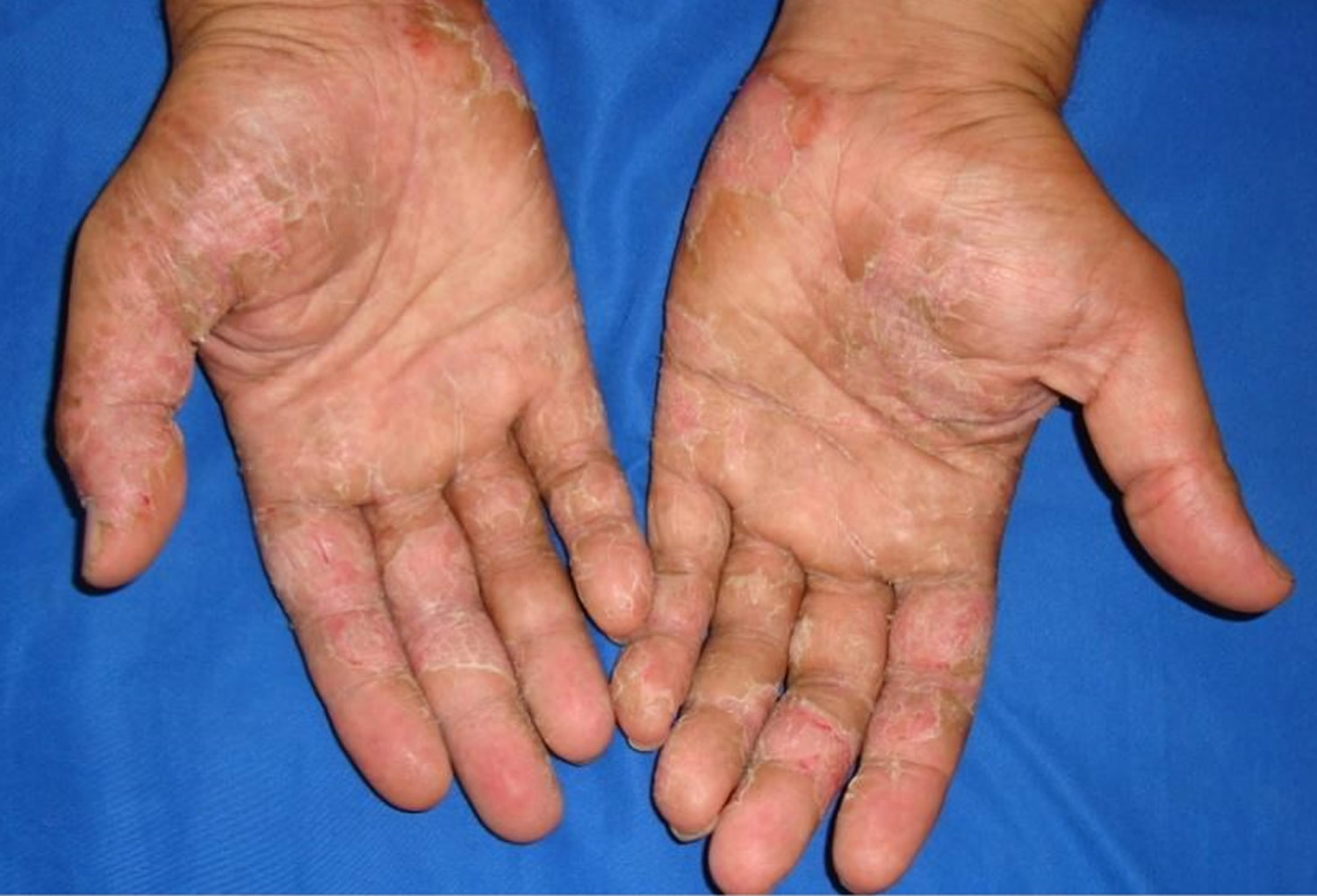 A mattress topper can greatly improve the comfort and support of your mattress, but it is important to be aware of the potential for allergic reactions. By regularly cleaning and maintaining your topper and choosing hypoallergenic materials, you can enjoy the benefits of a mattress topper without the worry of allergies. If you are experiencing severe reactions, seek professional help to determine the cause and find a suitable solution.
A mattress topper can greatly improve the comfort and support of your mattress, but it is important to be aware of the potential for allergic reactions. By regularly cleaning and maintaining your topper and choosing hypoallergenic materials, you can enjoy the benefits of a mattress topper without the worry of allergies. If you are experiencing severe reactions, seek professional help to determine the cause and find a suitable solution.



